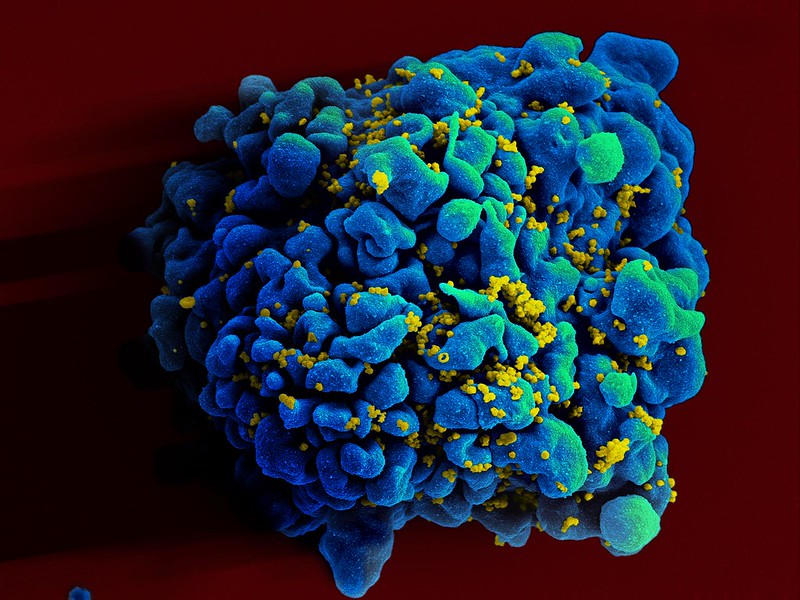Improving Attitudes to Ageing Measurably Improves Health

Helping people feel better about how they are ageing could result in real improvements in health and well-being later on, according to research from the University of British Columbia which was published in JAMA Network Open.
Over a four-year period, researchers tracked changes in how participants felt about their own ageing, then looked for measurable changes in health and well-being after another four years had passed. Those participants whose attitudes had improved over the first four years were more likely to have measurable health improvements in the next four years.
“Prior research has looked at how psychological risk factors like depression and stress might adversely influence health and well-being outcomes, but we are interested in factors that might positively influence health and well-being outcomes,” said Julia Nakamura, a graduate student in UBC’s department of psychology and first author of the study. “With further research, our findings suggest that interventions to increase aging satisfaction might improve the health and well-being of our rapidly growing older adult population.”
Health and well-being are gaining favor as indicators of societal progress, over pure economic indicators. Governments and intergovernmental organisations have recognised that using gross domestic product as the primary measure of success can lead to policies that devalue environmental, psychological and social health. Increasingly, they are looking for more holistic ways to measure societal well-being.
In this study, more than 13 000 adults over age 50 contributed data through the Health and Retirement Study in the U.S. between 2008 and 2018. The research team analysed participants’ data at three separate intervals, four years apart.
At the first interval, the researchers recorded initial measures of health and well-being. They also captured aging satisfaction through participants’ responses to statements such as:
- Things keep getting worse as I get older.
- I am as happy now as I was when I was younger.
- The older I get, the more useless I feel.
At the second interval, they assessed ageing satisfaction again.
At the third and final interval, they measured how health and well-being measures had changed four years after the second measurement of aging satisfaction.
Of the 35 outcomes they measured, 27 had improved in association with improved aging satisfaction four years earlier. Decreases in ageing satisfaction from the first to second interval were associated with worsening health and well-being outcomes by the third interval.
The order in which these measurements were taken is important. People in better health could be expected to have more positive attitudes about ageing than those with health problems, but this analysis in fact showed that increases in ageing satisfaction clearly preceded improvements in health and well-being.
“Interventions that make people feel better about aging could potentially produce concrete benefits,” said Nakamura. “Those interventions could come at both the individual level and the broader, societal level. At the societal level, combating ageism and reducing harmful stereotypes about aging are potential paths to improving individual aging satisfaction. If a person thinks ageing is destined to be a negative experience, that might become a self-fulfilling prophecy.”
Source: University of British Columbia





